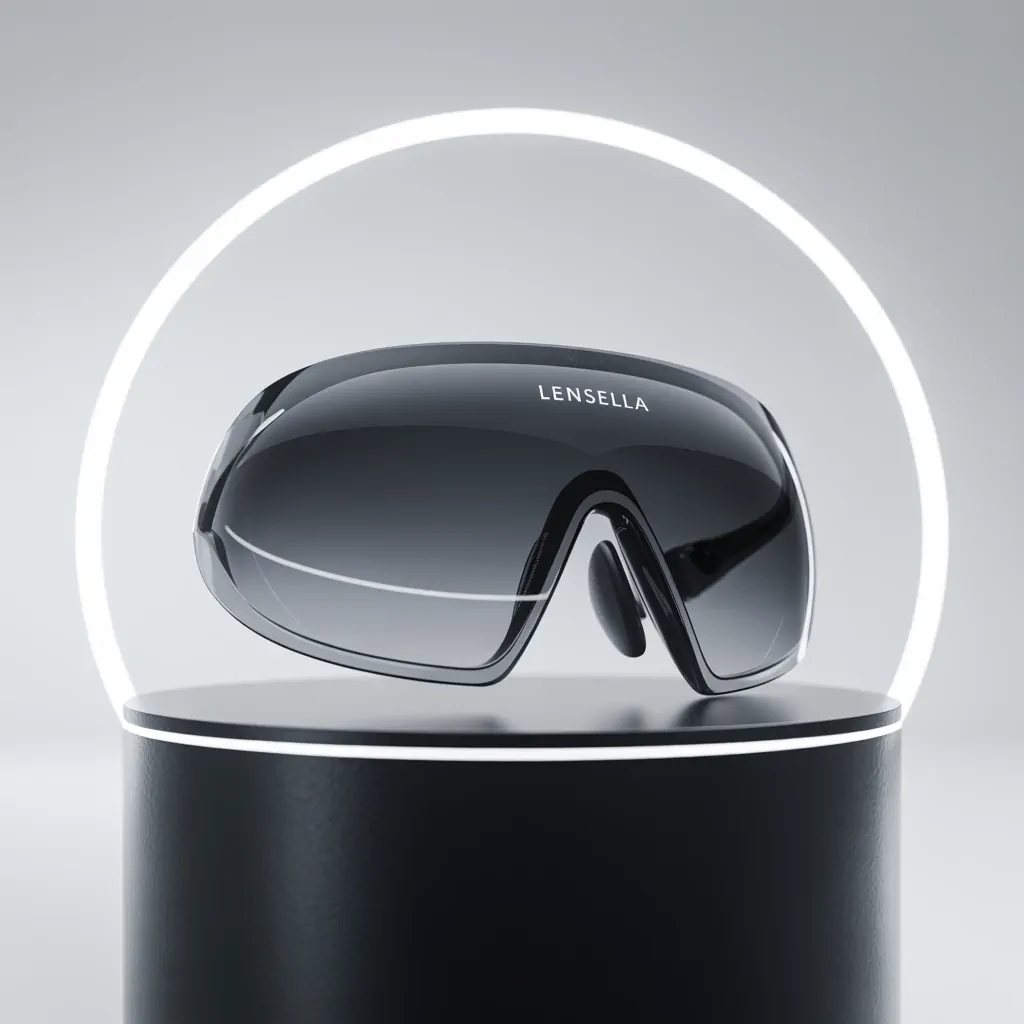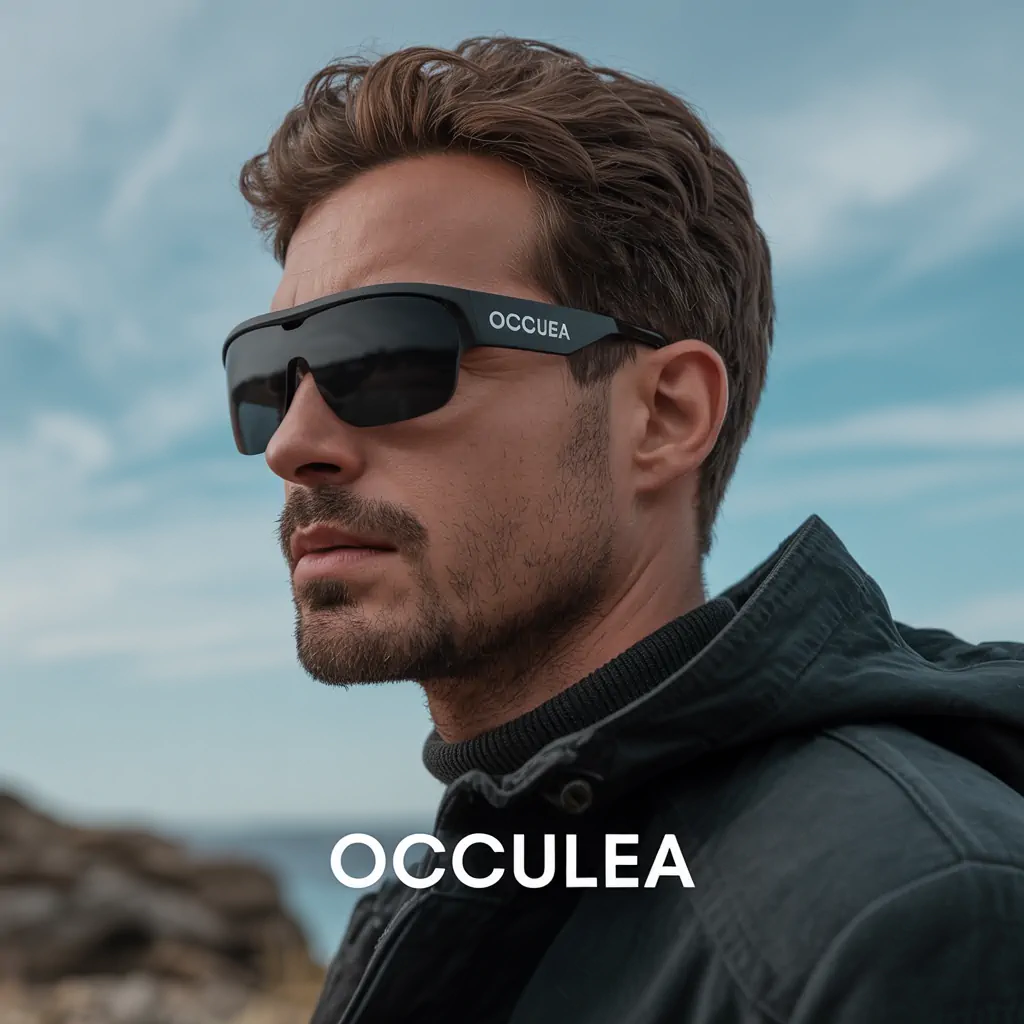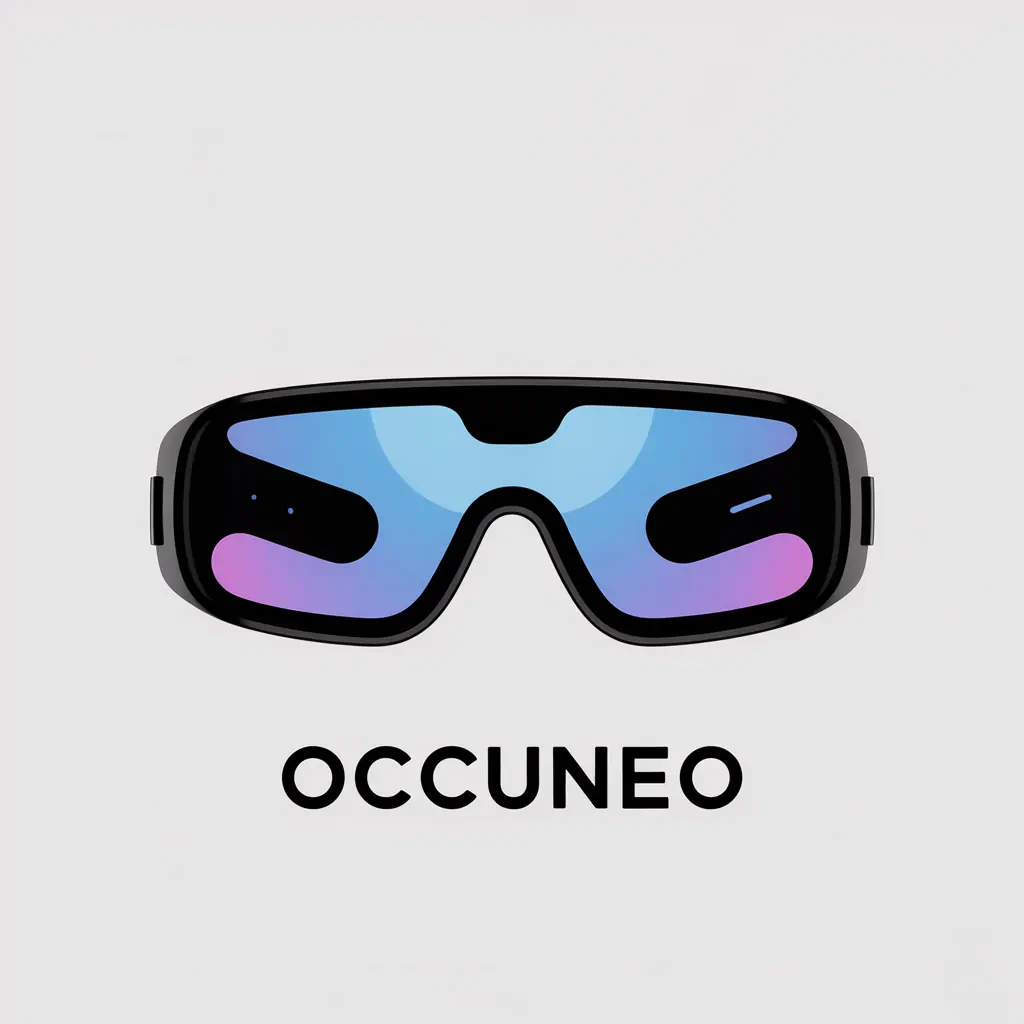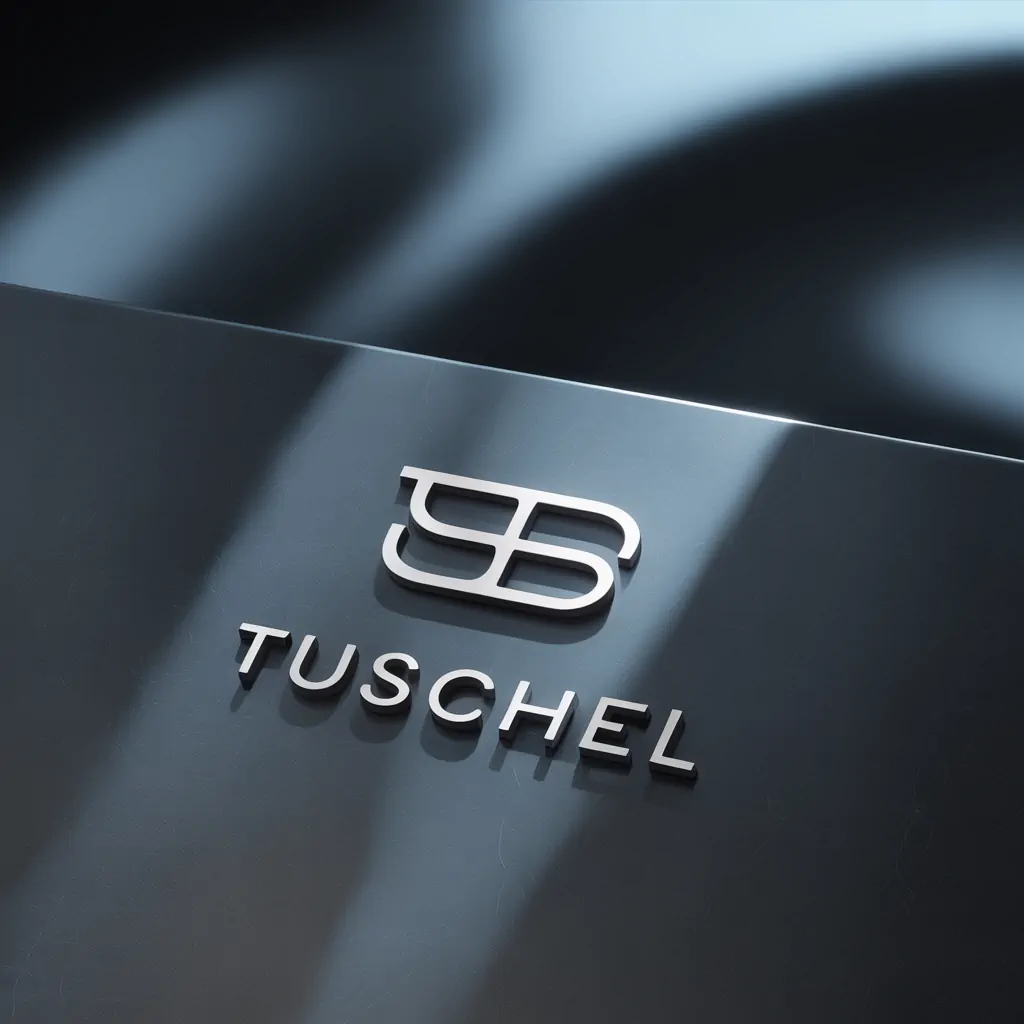Eyewear
Browse premium domain names carefully selected for your industry.
Your domain is the first promise your brand makes. It sets the stage for booking intent. A premium .com can build trust, boost CTR, and increase conversions.
This guide shows you how to pick short names. It talks about the power of tour and adventure brand domains. You will learn to choose names that help your brand stand out.
Why this matters: Travellers make quick decisions in this business. A brandable .com is easy to remember and share. It's perfect for booking sites and new travel businesses.
You’ll get a list of top names from Brandtune. Plus, steps to pick a name that brings more bookings. Check out Brandtune.com for top domain names for your business.
Why Premium, Brandable .com Domains Matter for Experiences and Activities Brands
Your domain shows your business is serious. A catchy .com name shows you mean business from the start. It makes people trust you more, shows your site is legit, and gives your brand a strong face. These benefits grow as more people know your brand and you form more partnerships.
Trust signals and booking confidence
Simple, catchy names make people less wary at payment time. When comparing options, a top .com name makes people trust you more. Good branding makes your site seem more reliable, helping people decide quicker on expensive trips and activities.
Memorability and word-of-mouth sharing
Short, easy-to-say names are remembered. They help people recall your brand in conversations, online, and when suggesting places. This makes people search for your site again and helps your travel brand grow without always paying for ads.
Direct traffic and reduced ad spend
Easy .com names get people visiting your site directly. This helps your marketing work better and costs less over time. As more people know your name, your ads work better and demand stays strong all year.
Global recognition of .com for travel and leisure
.com is expected in the travel and leisure sector. It makes working with hotels and partners around the world easier. Being well-known globally makes your site more credible and supports your brand as it grows.
Choose the Best Premium Domain Name for Experiences and Activities Business
Your domain should instantly show what your business stands for. Think of it as your first step in telling people who you are. It should help your business grow, be easy to use, and fit your brand everywhere.
Aligning domain naming with brand positioning
First, decide what experience you're offering—maybe adventure, luxury, or something for families. Then, pick a tone that matches—exciting for adventures, elegant for luxury. Make sure it fits with all parts of your brand, allowing for new offerings and partnerships.
Balancing brevity, clarity, and distinctiveness
Aim for a short domain name, between 5 and 12 characters, but keep it meaningful. Pick names that suggest action but aren't too narrow. Choose unique and memorable names that are easy to say and ready for travel.
Avoiding hyphens, numbers, and confusing spellings
Stay away from hyphens, as they're hard to remember and look bad. Numbers are confusing when spoken. Strange spellings increase the chance of mistakes. Choose easy spelling and sounds for better word-of-mouth and voice searches.
Instant validation: read, say, remember, type
Test your name with four questions: Can someone spell it after hearing it once? Is it memorable after five seconds? Is it easy to say out loud? Do people get it right the first time they type it? If yes, your name is great, it's clear who you are, and your brand can grow strong.
Keyword Strategy for Activity, Tour, and Experience Brands
Begin by mapping out intents. Look for discovery phrases like “things to do”. Include comparison phrases such as “guided vs self-guided”. Lastly, use phrases that lead to action like “book kayaking tour” or “reserve wine tasting.” Make sure each page targets a specific search intent. This helps guide visitors from just looking around to making a purchase.
Create clear categories that reflect what customers are looking for. Include tours, activities, excursions, and more. Use relevant keywords in headers and URLs. This makes your site easy for search engines to read. It shows the variety in what you offer.
Go after specific, long-tail keywords. Mix in city names, seasons, and times like “this weekend.” Also, think about different groups such as families or teams. This approach helps you attract more specific visitors. It can make your site more likely to turn them into customers.
Make sure local search works in your favor. Check your contact info is the same everywhere online. Use special web codes for events and places when it suits your services. Write in a way that speaks to your local area. Use photos and references that locals will recognize. This helps people nearby find you online.
Make your brand easy to recognize everywhere online. Use the same name on your website and social media. Choose a domain name that people will remember. This helps people come back to your site more easily. Over time, your site will start to come up more in searches. This reduces the need to pay for ads.
Match your catchy domain name with clear URLs and headings. Organize your site so it's easy to navigate. Link between related pages. This setup makes your site a go-to for related searches. It spreads the value of your site across all its pages.
Focus on making your site easy to use: write simply, make pages load quickly, and have obvious next steps. Link using words your visitors would use. Keep an eye on what people are searching for. Adjust your site as needed to keep up. Look for new opportunities to show up in searches.
Naming Patterns That Convert for Adventure, Tours, and Local Experiences
Your business wins when the name gets people moving, thinking of places, and feeling all at once. Use names that make people want to act to move them from looking to booking. Mix names that show what you do with clear signs. This way, your brand grows and stands out.
Action-led names: verbs that inspire booking
Start with action words like Book, Roam, Paddle. These verbs make people want to join in and make it easier for them to choose you in ads and listings. Mix a strong verb with a bright noun to get more clicks and keep people interested.
Destination + activity blends without geo lock-in
Combine the feeling of a place with an activity but don't stick to one city. Use words for places, like Coast or Canyon, and add the activity. This way, your brand can grow into new areas without having to change its name, and it’s easy for customers to understand.
Emotion-first naming for experiential appeal
Make the name about a feeling: thrill, wonder, awe. Names that start with emotions are easier to remember and share. This is great for getting noticed on social media. Keep the name short and easy to say so people can talk about it and search for it easily.
Invented brandables versus descriptive blends
Invented names can be unique, protected, and easy to trademark if they're clear and easy to say. Descriptive names help people understand quickly but might be too common. Decide based on your budget, how quickly you want to be known, and how much you need to stand out.
A handy tip for choosing names that get people to act: try one name that starts with a verb and another that starts with an emotion. See which one works better by watching the click rates, how often people add to cart, and if more people search for your brand.
SEO Considerations: From Click-Through to Branded Search Growth
Your domain name is just the start. True growth comes from how people discover and trust your site. Focus on what really boosts your SEO: a clear layout, trusted links, and eye-catching snippets. Make everything work together to grow your brand's search presence.
Branded vs. exact-match domains in modern SEO
Now, search engines value relevance and authority more than keywords in your web address. In the debate of EMD versus brands, a memorable .com combined with quality content pays off. Add consistent listings on Google Business Profile and social media for better trust and link authority. This leads to more brand searches over time.
Always think of your users first. Offer easy navigation, use your name prominently, and link related content. This sets a strong SEO foundation without needing exact keywords in your domain name.
Slug structure, subfolders, and city pages
Choose a URL setup that's easy to expand: like /city/activity/ or /category/city/. Keep slugs short and avoid dates in them. Use /events/ only for temporary promotions.
Make city pages that answer visitors' questions: what to do, best times to visit, and booking info. Add guides and local tips. Organized subfolders help search engines see the content's structure, boosting clicks from local searches.
Authority signals from backlinks to brandable names
Get links from tourism boards, hotels, airlines, and top travel sites. Shoutouts from well-known brands boost your site's credibility and link strength.
Mix up your anchor text with your brand name, topics, and natural phrases. This variety helps your SEO and keeps your link profile safe. As your brand gets more mentioned, it starts to drive searches, leading people to your city pages and main topics.
Improving CTR with brand-led snippets
Use your brand’s appeal to stand out in searches. Highlight special offers like small groups or easy cancellations in your titles. Make sure your meta descriptions and content match what searchers want.
Add schema for better search results: like Organization, Tours, Reviews, or FAQs. Show off ratings and prices clearly. Effective snippets improve clicks, engagement, and keep building your brand's search presence.
Legal and Technical Checks Before You Buy
Before you commit, protect your booking pipeline. Run careful domain due diligence to avoid problems. This helps protect your brand and keeps your launch on track.
Trademark screening and risk mitigation
Begin with a trademark search on the USPTO for similar marks in Classes 39 and 41. Then, look on Google, Instagram, Facebook, and TripAdvisor for unregistered use. Choose names that are clear to use and easy to register. Remember to keep records of your search results.
WHOIS history, blacklist checks, and penalties
Examine WHOIS history for previous owners and changes. Look for spam, phishing, or malware flags in domain databases. Also, check backlink quality to avoid penalties that can slow growth. Pick a domain with a clean history for faster trust building.
DNS, SSL readiness, and email deliverability
Ensure your DNS is set up for speed and reliability. Get an SSL certificate immediately for secure transactions. Set up email authentication to ensure your emails don't end up as spam. Monitor email performance closely in the beginning.
Future-proofing: internationalization and expansions
Test your name in different languages to fit your global strategy. Use subfolders for content in various languages without losing authority. Secure similar domain names and social media handles early on. This helps you expand without needing a new name later.
Shortlist Framework: Score and Compare Premium Options
Rank each name option using a special score guide. Consider how memorable it is (25%), how clear and relevant (20%), and how unique (15%). Look at how easy it is to say (10%), if it can grow (10%), and the legal risks (10%). Think about SEO and clicks (5%), and the cost and if it's available (5%). Make a chart so your team can easily see the pros and cons. Use the same rules for every choice to be fair and quick.
Test the top choices with quick methods. Do A/B tests to see if people remember names. Try saying them over the phone to find confusion. Check if people get the meaning in five seconds. Use the test results to improve your brand choice. Get feedback from sales, support, and partners who talk to customers every day.
Figure out the money aspect early on. Predict how a good name can increase searches and clicks. Relate these improvements to cost savings from less paid advertising and better sales. Extend these calculations to long-term profits. This helps you explain why spending more on a name is worth it.
Follow a detailed buying checklist before deciding. Make sure the trademark is clear and social media names match. Check technical stuff like DNS, SSL, and email settings for launch day. If you're changing your brand, update analytics, set up 301 redirects, and do phased communications. This helps keep your brand strong during changes.
Where to Find Premium Brandable .com Domains for Experiences and Activities
Start your search at a curated brandable domain marketplace. Look for short, memorable names that are easy to say and type. If you're into travel or activities, choose travel domains that are clear and ready to transfer. Pick buy-now options for quick launches or rebrands.
To find the perfect match, try domain brokerage. You can talk to private sellers and make a good deal. Ensure they really own the domain and know the transfer details. Buying a premium .com should be like getting a key asset. Check its history, price, and future costs carefully.
Use a quick checklist for your choice. It should sound simple, fit your industry, and have no trademark issues. Make sure it's ready for DNS, SSL, and email use. Also, it should grow with your business and allow for expansion.
Then, go check out Brandtune.com for premium .com names. Find travel domains that match your vision. Prioritize immediate purchase options to keep moving forward. Choose a name that boosts your brand from the start.



















